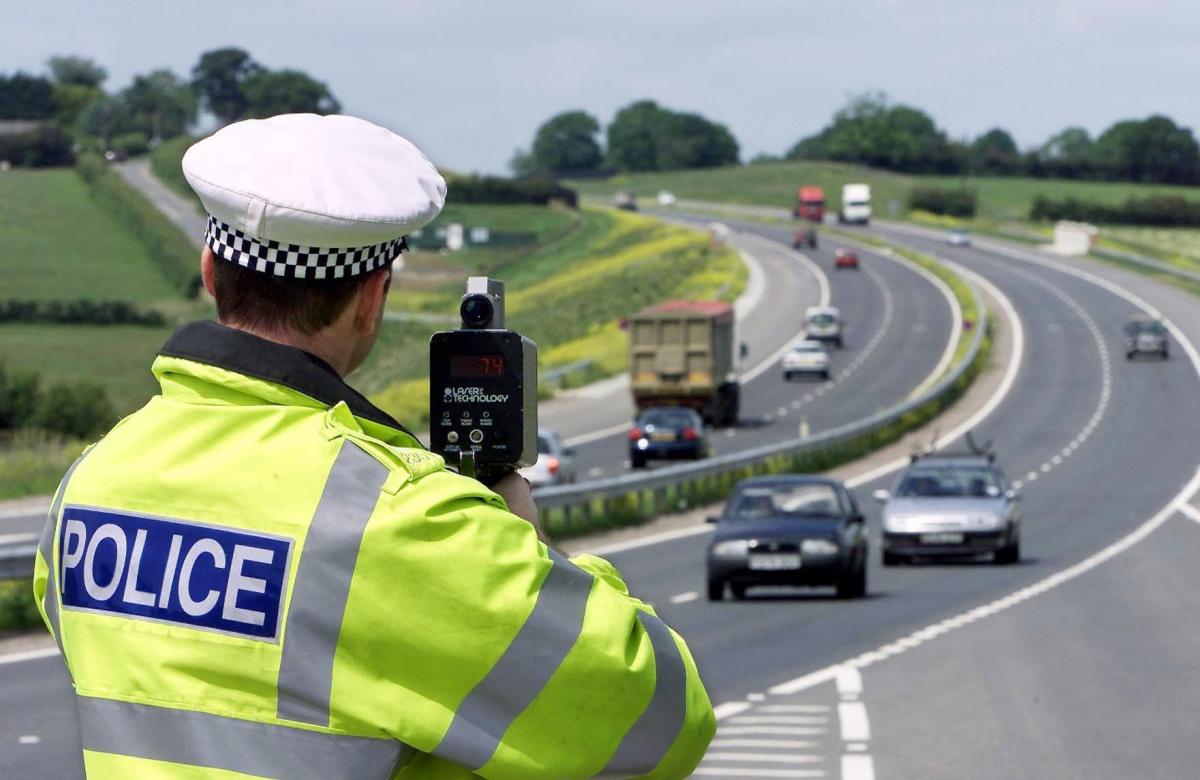Speed Cameras in the UK: Everything You Need to Know
Driving with chatty passengers, loud music, or even being behind the wheel for long hours can all cause distractions that can result in speeding and oftentimes crashes. In these situations, speed cameras come to the rescue, helping to decrease road accidents, catch culprits and improve road safety for everyone.
Almost 7000 speed cameras have been installed on roads in the UK, which is currently ranked fourth in the world to safeguard its citizens. Although there are various kinds of speed cameras, they all function in a similar way. Drivers usually hate speed cameras for their strong flashy lights emitted when catching someone speeding followed by a high penalty and an addition of points to their driving licence.
Speed cameras can range from 1000 yards up to 2 miles. The easiest way to know where a speed camera is located is by finding white road markings and sign boards. With all the technology and advancement, we also have gadgets and mobile applications that can warn us of these speed cameras such as the Waze mobile app, Road Angel Pure and others.

Myths related to Speed Cameras and Speeding:
1. Driving a little above the speed limit is acceptable.
There is no exception for any of this. Even driving at 71mph on a road which has a speed limit of 70mph is a violation. The majority of people mistakenly assume that exceeding the speed limit by 10% is OK, even though the speedometer's inaccuracy is the true reason for this. The speedometer depends on your tyres’ circumference, therefore factors like tyre wear, tyre temperature, and load on the vehicle all affect your speedometer’s accuracy.
2. Speed Cameras can’t catch you on the other side of the road.
Many people mistakenly believe that because the camera is on the other side of the road, the rules don't apply to them. Whether there is a camera or not, the rules still apply. This myth may, however, be partially true depending on the carriageway you use.
3. Slowing down in front of the camera will keep you out of penalty.
If you think that slowing down in front of the camera and then speeding up again later will keep you out of trouble, then you should know that this way of thinking will definitely bring you into trouble. Speed cameras are more intelligent than we realise; they track the speed of a car along a section of road rather than just taking a single photo of it. So, refrain from speeding at all times.

What happens when you are caught speeding?
Your driving history is majorly impacted by this. If you don’t have any points on your licence or you have no history of attending a speed awareness course in the last 3 years and you have exceeded the speed limit by just 10% + 2mph or 9mph and not more which might be considered to be very serious, you will either be given the option to enrol in a course or pay a £100 fine.
The cost of the speed awareness course comes close to matching the £100 penalty. However, you will avoid having the three points added to your licence if you enrol in the course.
Advantages of Taking a Speed Awareness Course over Paying the Fine:
1. You get saved from penalty points being added to your licence, if you are a new driver and have got 6 or more penalty points on your licence within 2 years, there are chances of your licence being revoked. If you are someone who has had a driver’s licence for more than 3 years and has got 12 or more penalty points on your licence then you might end up being banned from driving for a minimum of 6 months.
2. Penalty points on your licence will increase your insurance’s cost. There are chances that your insurance premiums could increase up to 86%, so it’s better that you take up the speed awareness course instead.
3. You don’t have to go to a particular place to take up this course, you can do it from the comfort of your home, as this course is now available online. This reduces your stress and anxiety of having a face-to-face lecture about your speeding.
Tags: *Speed_cameras *over_speeding *road_safety *penalty *speed_awareness_course *drivers_licence


